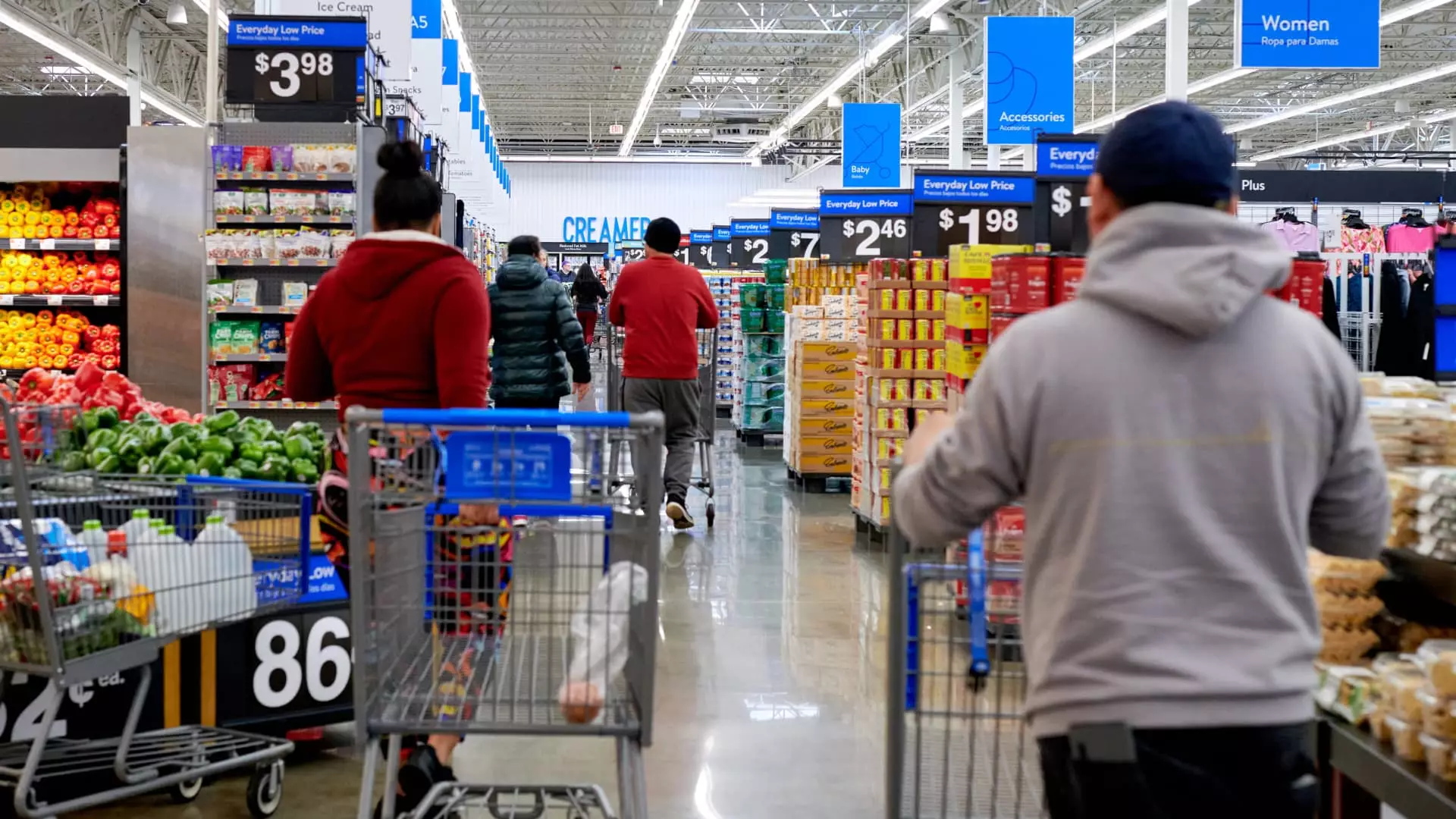For quite some time, economists have been puzzled by the disparity between the strong performance of the economy and the negative feelings people have about their financial situation. Recently, there is evidence to suggest that the era of the “vibecession” may be coming to a close. Michael Pearce, the deputy chief U.S. economist at Oxford Economics, believes that as inflation declines and the Federal Reserve prepares to reduce interest rates, Americans’ outlook on the future is improving. This improvement is helping to align the country’s economic position more closely with consumer sentiment.
Identifying the exact cause of this shift in mood is challenging. Pearce, in his report, proposed a couple of potential reasons for the change. Primarily, it could be a delayed response to the news that inflation is decreasing and seems to be on a sustainable path back to the target rate of two percent. Additionally, the increased optimism about the future may be linked to the Fed’s clear intention to lower interest rates.
Recent economic data has provided support for the Federal Reserve to consider lowering its benchmark interest rate for the first time in several years. The rise in the personal consumption expenditures price index in July, along with a relatively low but slightly increasing unemployment rate, indicates that the economy is moving in the right direction. With strong signs of continuing progress on inflation, the Fed is likely to kick off rate cuts soon. Market indicators are currently pricing in a high probability of a rate cut during the upcoming Fed meeting.
Despite earlier concerns about a possible recession, it appears that the U.S. economy has managed to avoid a significant downturn. Some experts, like Jack Kleinhenz, believe that the economy is on the brink of achieving a long-awaited soft landing characterized by a simultaneous decline in growth and inflation. These developments have created what some refer to as a ‘Goldilocks’ scenario, where inflation remains in check without significant damage to the labor market.
While there are still some individuals, colloquially referred to as “recessionistas,” who anticipate a severe economic slowdown, their numbers are dwindling. Goldman Sachs, for instance, has reduced the likelihood of a recession from 25% to 20%. The National Bureau of Economic Research defines a recession as a substantial decline in economic activity spread across multiple sectors over an extended period. Given the historical frequency of economic cycles, it is inevitable that the U.S. economy will enter a recession at some point in the future.
The future trajectory of the economy is further complicated by the looming U.S. presidential election and the potential for significant shifts in policy. As the global economic landscape continues to evolve, it is essential for policymakers and economists to remain vigilant and adaptable in addressing the challenges that lie ahead. Ultimately, the convergence of economic performance and public sentiment offers a glimmer of hope for a more harmonious economic future.

